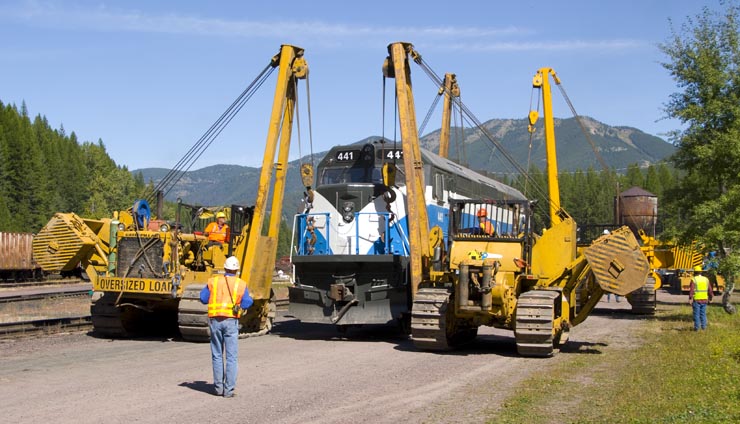https://www.airspacemag.com/flight-today/high-tension-1946706/
The biggest risk was the fact that the tail rotor was on the same side of the ship as the power line. A pilot error that brought the tail rotor against the cable would destroy the rotor instantly, putting the ship into a spin followed by a crash.
I spent quite a bit of time on the humble tail rotor's history and purpose in my helicopter book, The God Machine, because the tail rotor may seem like some kind of appendage rather than a crucial, delicate component. It's essential to the most common type of helicopter, the single-main-rotor design, because it counters the powerful torque from the main rotor.
A reminder of how this noisy little device needs a high level of respect comes in a new report from Canada's Transportation Safety Board. The most likely reason that a helicopter carrying a powerline-maintenance crew for Hydro One crashed in Ontario this month, killing all four aboard, was because an unsecured tool bag came loose from the work platform and rammed the tail rotor:
http://www.cbc.ca/news/canada/ottawa/tsb-update-dec-21-fatal-helicopter-crash-1.4460319
Here's a side-by-side from the TSB, tool bag on the left and tail-rotor blade on the right:
So, helo passengers, pay attention to that safety briefing! Even lightweight objects can tangle and destroy a tail rotor, like a jacket flying out a side door.







